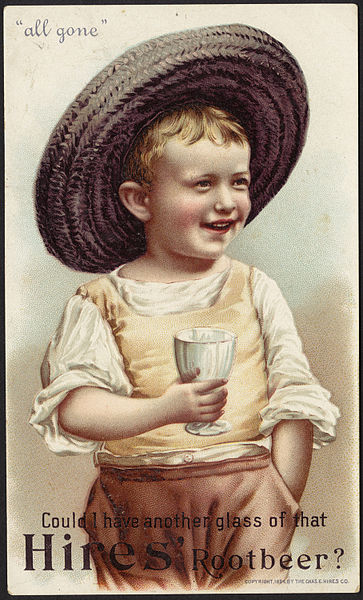 |
| St. Brendan |
Death of Brendan the Navigator, c. 583
May 16th is the Feast Day of Brendan the Navigator and is traditionally considered the anniversary of his death. Brendan was an early Irish monastic saint and is one of the Twelve Apostles of Ireland.Saint Brendan's greatest claim to fame is his legendary voyage into the Atlantic Ocean in search of the Garden of Eden. According to one version of the story, he was accompanied by 14 pilgrims, plus three unbelievers who joined the group at the last minute. (Other versions claim the group was made up of 18, 60, or as many as 150 men.)
They encountered many marvels, including an island that turned out to actually be a giant fish (and awakens when they start a fire), a Paradise of Birds, a land of mysterious hospitality (food is set out for them but no one ever appears), sea monsters, gryphons, and icebergs. They also see Judas sitting on a rock in the middle of the sea -- he is allowed to escape Hell and visit there on Sundays and feast days. Two of the three unbelievers do not make out too well: one dies after being exorcised of a demon, and another is taken by demons to hell. (The third joins a group of anchorites.)
The group does finally locate Paradise. It was believed for many years that the island actually existed. One theory placed it off the northwest shore of Africa, and the story has become entangled with that of the legendary eighth Canary Island. It's most commonly associated with St. Brendan's Island, a phantom island that has been "sighted" by thousands of individuals over the ages. In most cases, those who landed there were forced to depart -- usually because of storms -- and could never find the island again.
 |
| Boswell at 25. |
Boswell Meets Johnson, 1783
James Boswell's Life of Samuel Johnson may be the finest biography ever written, and is certainly one of the best-known. When it was written, it was completely unlike any other biographies of the time. Boswell used more details, quotes, and anecdotes that were customary in 18th century biographies, which were usually respectful and somewhat dry.Amazingly, Boswell did not meet Johnson until Johnson was 53 years old (Boswell was 22) and spent, it is estimated, only about 250 days with him. Their first meeting was in a bookstore in London. Boswell cites their first conversation together, in which Boswell said, "Mr. Johnson, I do indeed come from Scotland, but I cannot help it." Johnson replied, "That, Sir, I find, is what a very great many of your countrymen cannot help." Johnson was notorious for his disdain of the Scots.
 |
| "One would think the man was hired to spy upon me," said Johnson. |
So, what kind of a man was this biographer of Johnson? Boswell was ill much of his life. He had some type of nervous complaints as a child and young man, and suffered from depression at various times throughout his life. He lived quite the life of a libertine at times, drinking, gambling, and visiting prostitutes frequently and enthusiastically. He was married to his cousin, Margaret Montgomerie, but was known to have affairs with various women. After each bout of infidelity, he would tearfully apologize, and swear that he would reform. He is known to have contracted venereal disease at lease 17 times.
Charles Elmer Hires Invents Root Beer, 1866
 |
| Early Hires' advertisement |
The story is, Hires discovered root beer on his honeymoon. The woman who ran his hotel served a drink called "root tea," and he thought it was delicious. He was soon packaging a mixture and selling it, the first major commercial venture associated with root beer. He thought of calling it root tea, but decided that root beer had a nicer ring to it. That would later give him trouble with the Temperance Movement.
The original product was a do-it-yourself item. He sold the mixture in packets. Each packet cost 25 cents and would make five gallons, and required the addition of water, sugar, and yeast. Housewives and soda fountains were his target market.
The 1876 Centennial Exposition in Philadelphia was Hires's big chance to advertise his product. He gave away free samples and it was a hit with the fairgoers. Hires promoted his root beer as "The Temperance Drink" and "the Greatest Health-Giving Beverage in the World." He even had his root beer tested by a laboratory, which certified that it contained less alcohol than a loaf of bread.
Traditional ingredients of root beer include sassafras root, vanilla, wintergreen, licorice root, nutmeg, acacia, anise, molasses, cinnamon, clove, and honey. In 1960, The US Food and Drug Administration banned the use of actual sassafras oil, since it contained the chemical saffrol, which can cause cancer and liver damage. (A process in which saffrol can be removed from the oil was later discovered.) Today, Hires Root Beer is owned by the Dr. Pepper Snapple Group.
No comments:
Post a Comment